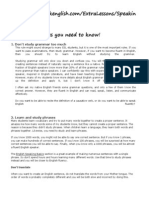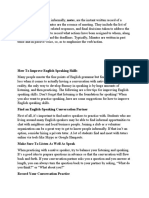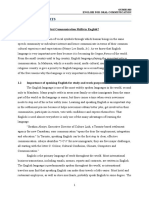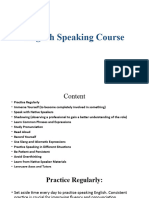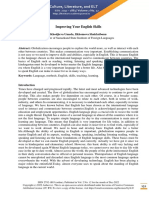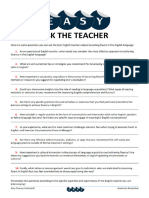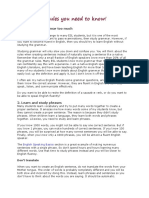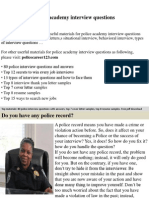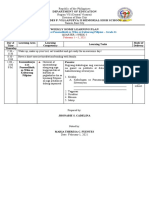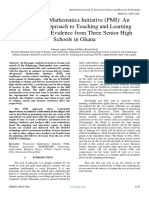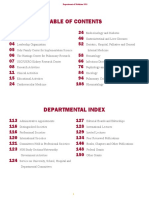0% found this document useful (0 votes)
53 views14 pagesMastering English Speaking
The document emphasizes the importance of mastering English speaking skills in a globalized world, highlighting its significance in business, education, and travel. It provides practical strategies for improving pronunciation, building vocabulary, and engaging in conversations, as well as addressing common challenges like speaking anxiety. Overall, it serves as a comprehensive guide for learners to enhance their English communication abilities.
Uploaded by
gamise8338Copyright
© © All Rights Reserved
We take content rights seriously. If you suspect this is your content, claim it here.
Available Formats
Download as PDF, TXT or read online on Scribd
0% found this document useful (0 votes)
53 views14 pagesMastering English Speaking
The document emphasizes the importance of mastering English speaking skills in a globalized world, highlighting its significance in business, education, and travel. It provides practical strategies for improving pronunciation, building vocabulary, and engaging in conversations, as well as addressing common challenges like speaking anxiety. Overall, it serves as a comprehensive guide for learners to enhance their English communication abilities.
Uploaded by
gamise8338Copyright
© © All Rights Reserved
We take content rights seriously. If you suspect this is your content, claim it here.
Available Formats
Download as PDF, TXT or read online on Scribd
/ 14












